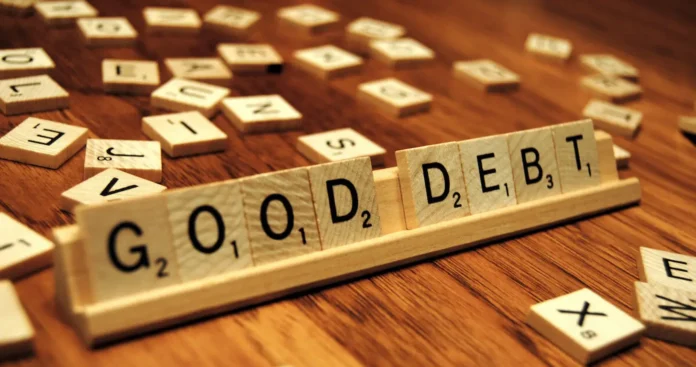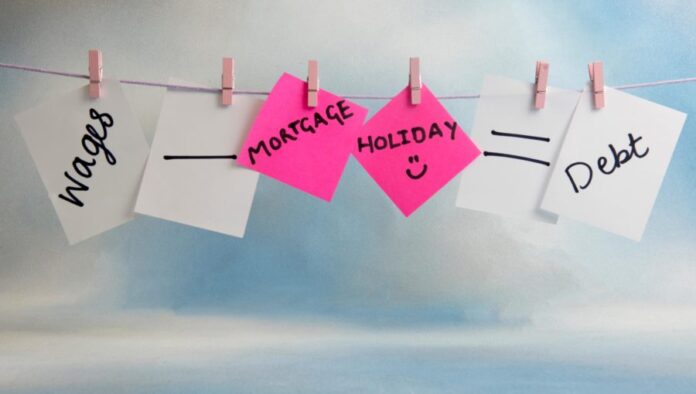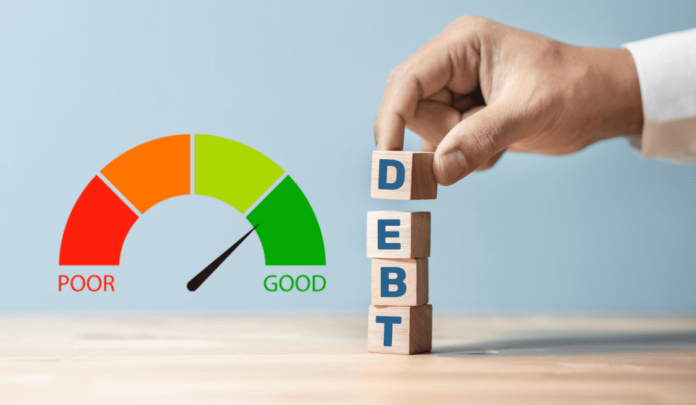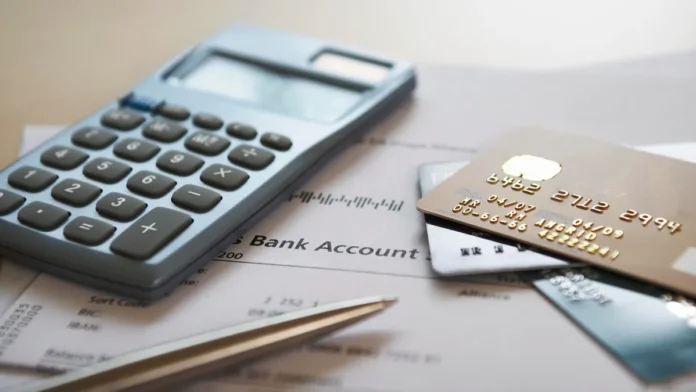Debt can have a positive and negative influence on our lives. Here are some examples of good and bad debts and tips to help you differentiate between the two.
Most people are rightly taught from a very young age that debt is something to be wary of and to use cautiously, but without debt, many of us would never be able to buy a house, go to university, or learn the skills that help us better educate ourselves or learn new skills. Social mobility would decline and the reliance on ‘bad debt’ would grow. We’ll get more into what exactly ‘bad debt’ means later on in this post.
Clearly, debt can have a positive or negative influence on our lives depending on how it’s used. The trick is being well aware of which is which as it’s not always as black and white as you might thank. There are several factors that determine whether a debt is good or bad, these include:
What you intend to use the money for
Are you taking out credit as a form of investment for yourself? By this we mean you spend the money on something that will eventually add to your net wealth over time. For example, house ownership is a long term investment that in the end will give you a tangible financial asset you can then rent or sell.
Good debt does not always have to be a physical asset. Loans to attend higher education sources for example would also qualify as a ‘good debt’ as the spend will eventually lead to you having a higher earning power with the potential to recoup your initial spend over time.
Whether you can afford to pay it back

While this might sound obvious, it needs to be said as it’s so important. There are a significant number of people who are comfortable living inside of a deficit on their credit card provided they are able to make the ‘minimum repayment’ on the account. In fact the number of British citizens in this position is currently rising at the fastest rate in seventeen years according to the Guardian.
Some of this is an obvious knock-on effect from the current cost of living crisis and is in these instances, sadly, an unavoidable act of desperation for people trying to make ends meet. However the longer one continues to operate in this area of ‘credit illusion’ the more comfortable you become with the concept of constantly being in debt that you can’t repay. It leads to a dangerous disregard for how quickly you can enter a debt spiral should your employment status change, for example.
What the total cost of the debt is
As a general rule of thumb the higher the amount of credit being offered the more likely it is to be a good debt. This typically refers to mortgages, university tuition fee payments and potentially business loans too. Of course this is not a guarantee and you should always take extra care when dealing with debt of this magnitude to be crystal clear on exactly what your obligations are. In fact for most of these large credit agreements it’s best to employ the services of a solicitor to help you, it will be worth the money.
On the other hand if you’re borrowing money and it needs to be repaid within a few short months this is much more likely to constitute a bad debt. This will typically mean short term credit with a high rate of interest and service charges. If you are in a situation where you have to use this form of debt you should ensure that you’re using the ‘bad debt’ for the best possible reason. For example if your car breaks down and you need it to get to work but don’t have the cash on hand to pay a mechanic you can justify the short term debt as it keeps you employed and mobile which is essential to your long term financial prospects.
Advice from debt experts on good VS bad debt

According to James Williams, head of marketing at the short-term lender Wonga:
A simple rule of thumb is that if the debt increases your net worth or has future value in helping you progress financially, it is considered to be a good debt. If it doesn’t help you progress and puts you in a worse position financially, you should think of it as bad.
Examples of other good debts
If we apply this definition to everyday examples of debt, it’s easy to see what the goods debts are. A bond you take out to buy a home or a loan for an educational or training course that improves your career prospects are all examples of good debts, but only if you can comfortably afford the repayments.
But that’s not all. Smaller loans to cover unforeseen emergencies, such as a car breaking down or a faulty kitchen appliance, are also examples of good debts, as they can save you time and help you maintain your standard of living.
Examples of other bad debts
Bad debt is any debt that could put a strain on your finances and is for items that don’t add any long-term value to your life. For example, splurging on designer clothes on a store card or purchasing non-essential items or a luxury holiday you can’t really afford on a credit card.
Debt could also be considered bad if it’s for a good reason but the debt is structured in a way that doesn’t suit you or with repayments that you cannot comfortably afford. For example, a property bond is usually a good debt, but if you overstretch yourself and struggle to afford the repayments, it becomes a bad debt. You can learn more about good and bad debt definitions on the Wonga website to help you get the hang of it.
Benefits of Good Debt
Using credit to finance purchases, such as a house or an education, can be beneficial if it is approached responsibly. Taking on good debt can help you build credit, build wealth and positively impact your financial independence.
When contemplating taking on good debt:
* Consider the long-term cost of taking it versus the definite cost of paying out-of-pocket in cash. It should come down to which option provides greater benefits in the long-term.
* Research interest rates. Generally, charged rates for buying a home or pursuing higher education are lower than for other forms of loan because there is an expectation that real value will result from the investment that justifies deferring payment.
* Investigate your options for receiving additional support with paying off your balance if needed. Many lenders provide flexible payment plans to help protect you from defaulting if hard times arise while you’re still repaying your loan.
* Carefully review all associated fees before signing any contract so you aren’t overextending yourself and ensuring you are aware of what terms need to be adhered to when paying back the loan principal and interest costs.
Always think carefully before taking out credit

If you’re unsure whether to use a credit product or not, you can follow this simple rule. If the debt will damage your overall financial position by eating into money you need to pay for everyday essentials or save for long-term goals such as a house deposit or a pension, you should steer well clear.
You should also be sure that you can comfortably make the debt repayments for the entirety of the product. That said, it’s usually best to pay off the debt as quickly as you can to reduce its cost and its negative financial impact.




